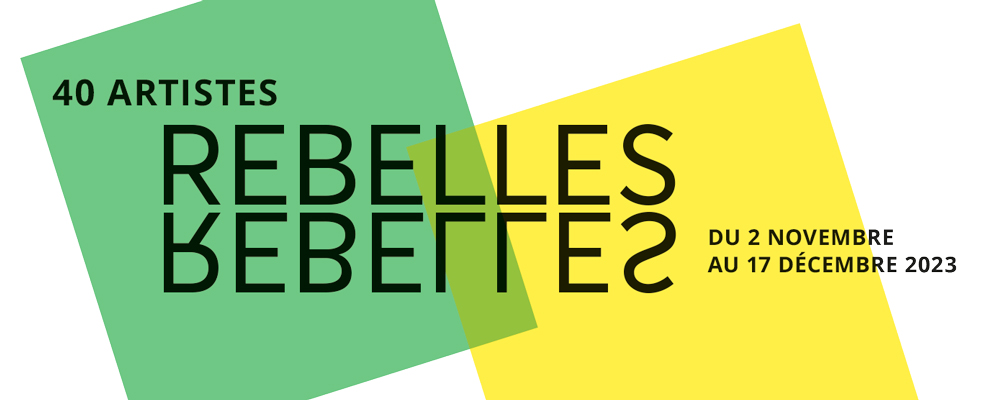In many ways, the exhibit titled “Échos du
Silence” featuring Normand Moffat and Bruno Tenti at Galerie Art Plus is an
invitation to explore a number of ways in which luminosity and life can be
captured, reflected upon and celebrated... in silence.
For this month’s display, the gallery is divided
into two clearly defined spaces: one dedicated to Tenti’s works, which delve
into the abstract world where shades of ochre are pitted against one another,
while the other section is dominated by Moffat’s expressive, often hilarious
pieces that tackle the pertinent concepts of construction, identity and
housing. There are many stark differences that delineate Moffat’s and Tenti’s
aesthetic viewpoints. Whereas Moffat’s artwork features gold leaf defined by
black accents, Tenti’s canvases, aptly titled “Lueurs”, are a jubilant
expression and testament to life. Whereas Moffat’s works are Cartesian in
style, Tenti’s are inherently organic. Whereas Moffat tackles big themes
addressing how architecture and construction often confront the individual to
the group, Tenti seems to approach his subject matter with a reflective voice.
That being said, the contrast between the two artists, though often perplexing
and at times even jarring, makes profound sense.
 |
© Bruno Tenti
|
Tenti’s “Lueurs” applaud a world of light and
luminosity by working with shades of subtlety. The ochre and orange coloured
canvases virtually come to life when seen up close because of the amount of
detail that Tenti dedicates to each artwork piece. A blotch of colour here, a
thin figure representing a cross there—Tenti delights in surprising the viewer
with his canny ability in uncovering elements by playing with texture and
colour. The tools of his trade, pencils and paintbrushes thickly coated in
dried paint, bear testament to Tenti’s aesthetic approach, which is both
fearless and adventurous in spirit. (Tenti’s pencils and paintbrushes are on
display as well).
On the other side, Moffat’s “Constructum” offers a
fascinating outlook on identity formation and on societal demarcations in
today’s era. As Moffat’s work clearly expresses, a house is an important place
for any human being: it provides shelter, creates a home environment, and is
the only truly private place that anyone is completely entitled to. In subtly critiquing
urban sprawls and suburbs, Moffat does not shy away from making light-hearted
yet reflective arguments about how human beings interact with others based on
housing structures. By combining architectural blueprints in the background
with gold-leaf structures in the foreground, Moffat succeeds in addressing
pivotal themes such as group formation and identity forgers, both pertinent
subjects in today’s time and age. Whereas some art pieces are reflective and
introspective in terms of mood such as “Je ne partirais pas”, others are
laugh-out-loud funny in their cynical yet distinctly humorous depictions. Take
“Le divorce, separation des biens” which depicts an axe slicing decisively into
a house structure.
 |
© Normand Moffat
|
The center of the art gallery, which happens to
also be placed at the church’s altar, is dominated by a series of small pieces
made by Moffat titled “Scriptorium”. Deeply religious in nature, each piece is
a beautiful juxtaposition of blacks and shades of gold that address themes
ranging from grief to faith to creation to time to the legacy of silence. By
paying homage to monks who dedicate their lives to God, Moffat offers a
refreshing take on religion, time and time again.
 |
| Scriptorium © Normand Moffat |
Silence. That is what lies at the very heart of
Tenti’s and Moffat’s works: the ability to find some sacred, something special,
something worthy of note in the abyss of silence and deep reflection. In many
respects, this exhibition truly deserves its title because it pays homage to
silence, a precious and often ill-used notion in today’s busy world.

Aucun commentaire:
Publier un commentaire
Merci de laisser vos commentaires, ils me font toujours grand plaisir.
Thank you for your comments, its always a pleasure to hear from you.